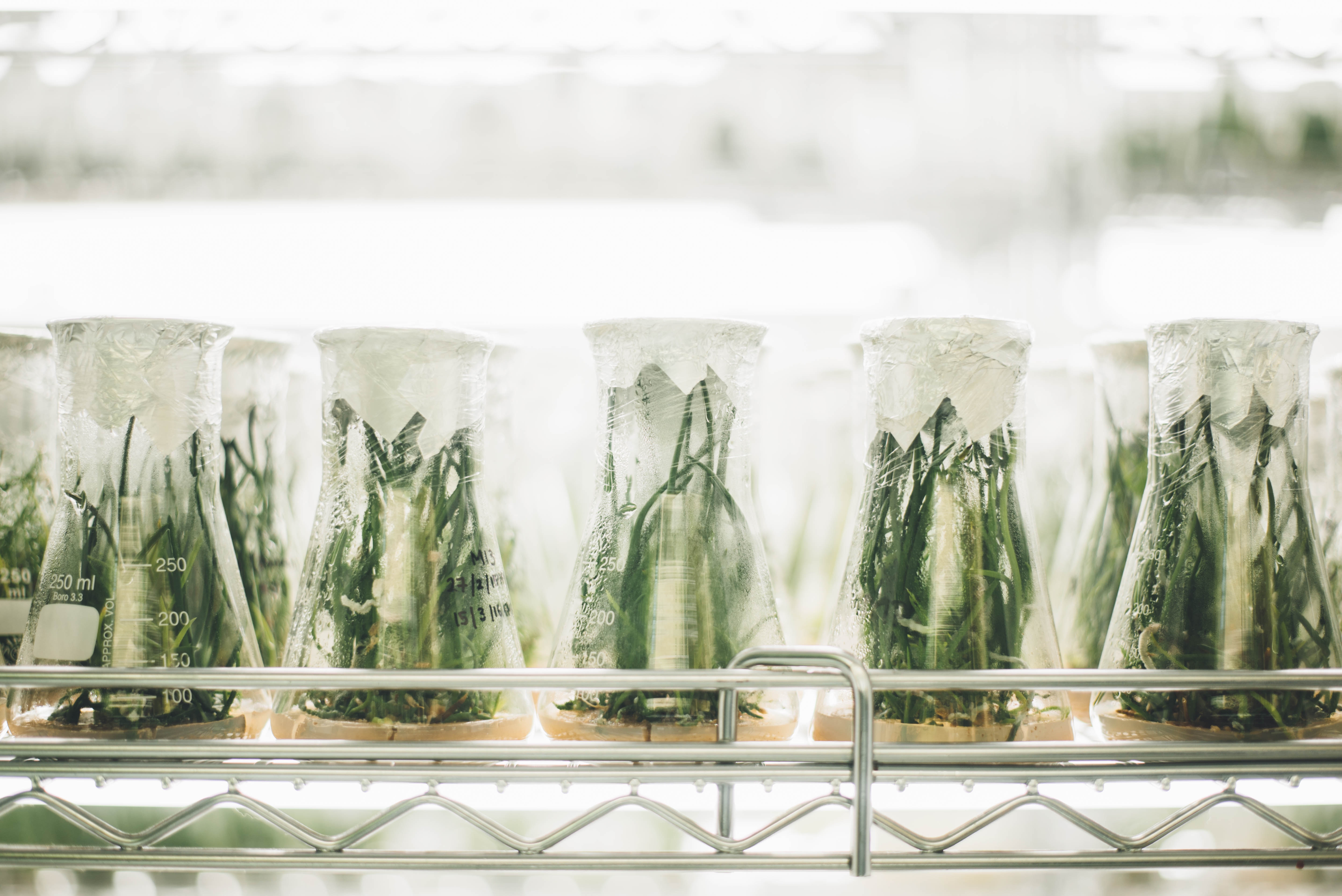Regenerative Agriculture— Not Genetic Engineering—is the Solution to Climate Change and Our Ailing Food System
Industrial agriculture companies continue to bully farmers into growing genetically modified organisms (GMOs), with their toxic chemicals and scrambled genes. Many farmers are being left in economic ruin, and GMOs have effectively made an experiment of our bodies, the natural world, and our food system. These genetically engineered crops and their associated chemicals are not the answer to feeding the world in the face of population growth, climate change, or any other scenario.
But, in these uncertain times, where should farmers and consumers look for solutions?
There are many existing agricultural practices—known collectively as regenerative agriculture—that have the potential to restore our food system and help reverse climate change by building healthy soils. These practices prove that we don’t need GMOs and dangerous technical solutions, when the biological solution is clear: feed the soil to feed people and cool the planet.

GMOs Degrade the Soil, Contributing Both to Climate Change and Struggling Farmlands
GMOs are grown as large monocrops that are susceptible to pests and require application of toxic insecticides and herbicides, which eliminate beneficial organisms in the soil. These crops also require regular tilling or plowing, which exposes and kills these same important organisms.
This degraded soil loses carbon to the atmosphere, where it forms damaging greenhouse gases that warm the earth and contribute to climate change. The lack of carbon and biodiversity in the soil leaves farmlands weakened and food crops lacking essential nutrients. This double-whammy is just one more reason why GMOs should be rejected.
Regenerative Agriculture: Making an Example of Wheat
The solution to climate change and restoring our ailing food system is in the soil. The primary focus of regenerative agriculture is building healthy soils for these exact reasons. It keeps soils protected and covered with mulching and crop rotations. Nutrients are added and carbon storage potential is increased with the use of composting and cover crops. Mindful livestock management and conservation tillage keep soil disturbance to a minimum.
Another tenet of regenerative agriculture that makes it so different from industrial agriculture and genetic engineering is its focus on perennial crops, which bring all the above benefits and also has the potential to be a major source of food. For example, research on perennial wheat crops is well underway, with some varieties like Kernza already available on the market. But, genetically modified wheat is also being tested, concerning many existing wheat farmers who anticipate GE wheat will lead to increased input costs, potential loss of international markets, lack of control of the seed system, and a decline in human and environmental health.

We are at a major crux—the industrial agri-experiment is failing, and continued efforts to pursue GMOs are misguided. We need to demand regeneration and reinforcement of natural systems, rather than experimenting with human health and dominating nature through genetic engineering. In supporting restorative agricultural systems, we’re recognizing farmers as stewards, not subjecting them to the negative feedback loop of poverty associated with GMOs. We’re building more secure food systems, stabilizing the global atmosphere, and promoting human health and wellbeing.
Want to know more about regenerative agriculture?? Follow along on Instagram, Twitter, and Facebook as we continue to tell break down ways to save our soils, farm communities, and food system.
- Jes Walton, Food Campaigns Specialist





